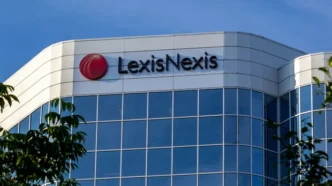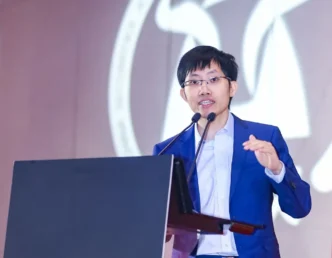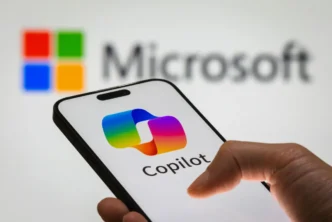LexisNexis is charting its own path in the AI-powered legal tech race with Protégé, an AI assistant built to help lawyers, associates, and paralegals write, proofread, and fact-check legal documents—while staying grounded in law firm workflows and data. But unlike many in the AI space, LexisNexis is betting on smaller, fine-tuned models rather than relying solely on massive LLMs like GPT-4.
Customization and speed were key priorities, according to Jeff Riehl, CTO of LexisNexis Legal and Professional. Instead of a one-size-fits-all legal AI, the company designed Protégé to adapt to individual firm needs, offering faster performance and lower operational costs.
“We use the best model for each specific task as part of our multi-model approach,” Riehl told VentureBeat. “Sometimes that’s a large model, but often, it’s a fine-tuned or distilled smaller model like Mistral to improve response time and reduce costs.”
Protégé is built on lessons LexisNexis learned from earlier AI projects, including its LexisNexis + AI platform, launched in July 2024. That platform combines Anthropic’s Claude, OpenAI’s GPT models, and Mistral models, allowing the company to assign tasks to whichever model performs best.
Small models—either standalone or distilled from LLMs—often shine in simple tasks like chatbots or code completion, making them ideal for Protégé’s work handling queries, summarizing documents, and managing legal workflows.
“You don’t need GPT-4o for every task,” Riehl explained. “For example, we use a fine-tuned Mistral model just to assess user queries and determine intent before handing off to another model better suited for more complex reasoning or drafting.”
Protégé breaks down each user task into steps, intelligently routing them to the most efficient model. A fine-tuned Mistral model handles initial query assessment, while another model—possibly a larger LLM—may generate search queries, summaries, or next-step recommendations.
This flexibility allows Protégé to balance cost, speed, and accuracy—a critical factor for legal professionals who need answers fast without sacrificing reliability. Riehl noted that the company continues testing OpenAI’s reinforcement fine-tuning capabilities and is exploring new reasoning models like o3. Google’s Gemini models are also under review.
LexisNexis further strengthens Protégé’s output by integrating it with the company’s knowledge graph, supporting retrieval-augmented generation (RAG). This ensures AI responses pull from trusted legal data and documents, reducing hallucinations—a common concern in generative AI.
AI Assistant Designed for Real Legal Workflows
Protégé doesn’t just summarize cases—it’s built to support real legal tasks that paralegals or junior associates often handle. From drafting complaints and briefs to suggesting deposition questions, linking quotes, verifying citations, and even creating case timelines, Protégé is designed to streamline time-consuming legal processes.
“Our vision is to create a personal AI assistant for every legal professional,” Riehl said. “Whether you’re in M&A, litigation, or real estate, Protégé will learn your workflow and tasks—not just general legal knowledge.”
This tailored approach reflects LexisNexis’ broader ambition to deliver agentic AI capabilities, where the assistant doesn’t just answer questions but proactively recommends next steps based on the legal matter at hand.
The legal AI landscape is heating up fast. LexisNexis’ Protégé now competes with platforms like Thomson Reuters’ CoCounsel, which runs on a customized OpenAI o1-mini model, and Harvey AI, a startup backed by a $300 million investment round—including funds from LexisNexis itself.
But LexisNexis is confident that its multi-model, fine-tuned approach—grounded in decades of legal data expertise—gives Protégé an edge in delivering precision, speed, and legal accuracy.
“AI changed after ChatGPT made conversational models mainstream,” Riehl added. “Now it’s about making those models work better, faster, and safer for the legal profession.”
Looking ahead, LexisNexis plans to continue refining Protégé, adding personalization and agentic features that make it an indispensable assistant for every lawyer—no matter their specialty.













